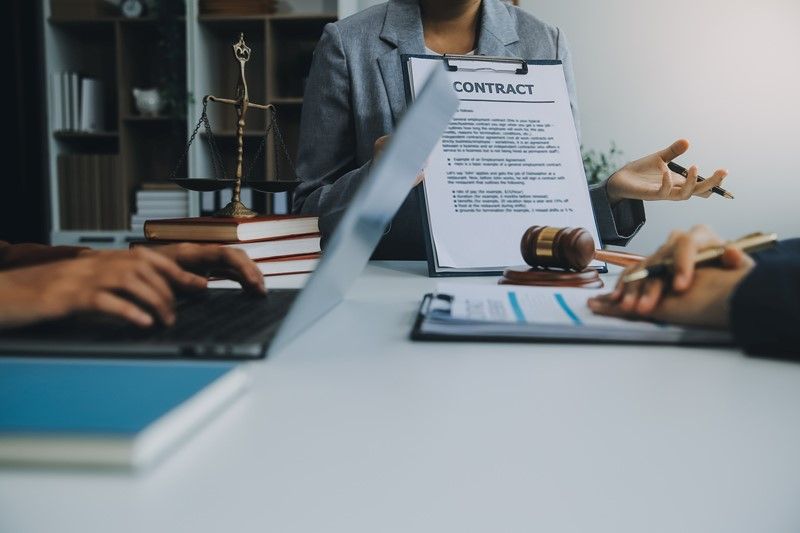Tell HMRC about unpaid tax on cryptoassets
Where cryptoasset tokens (also known as cryptocurrency) are held personally, this investment is usually undertaken in the hope of making a capital appreciation in its value or to make particular purchases.
HMRC is clear that these holdings will usually be subject to Capital Gains Tax (CGT) if there is a gain when disposing of these assets by:
- selling tokens
- exchanging tokens for a different type of cryptoasset
- using tokens to pay for goods or services
- giving away tokens to another person (unless it is a gift to your spouse, civil partner or charity)
If you have unpaid tax on cryptoasset gains, there is a specific voluntary disclosure service that can be used. This service can be used for exchange tokens (such as bitcoin), NFTs (non-fungible tokens) and utility tokens.
Before making a voluntary disclosure, you will need to:
- collect information about the cryptoassets you owe tax on;
- work out how many years you need to declare unpaid tax for;
- work out the CGT and Income Tax you owe; and
- work out any interest you owe.
- work out any penalties you will be liable for
The number of years you must disclose unpaid tax depends on why it was not paid correctly. If you took reasonable care but still underpaid, you must disclose and pay for the last four years. If you did not take care, you must disclose for six years. However, if you deliberately failed to pay or knowingly gave incorrect information, you must disclose and pay for up to 20 years of unpaid tax.
Your disclosure must include all unpaid tax, interest and penalties. You can use HMRC’s calculators to work out the correct interest and penalty amounts. Once you submit your disclosure, HMRC will usually issue a payment reference number within 15 working days, and you must pay the full amount within 30 days of submitting a disclosure.
After reviewing your disclosure, HMRC will either send you a letter confirming acceptance of your offer or contact you if it cannot be accepted. If HMRC finds that you knowingly provided false or incorrect information, they may reopen your tax affairs and can impose higher penalties.




